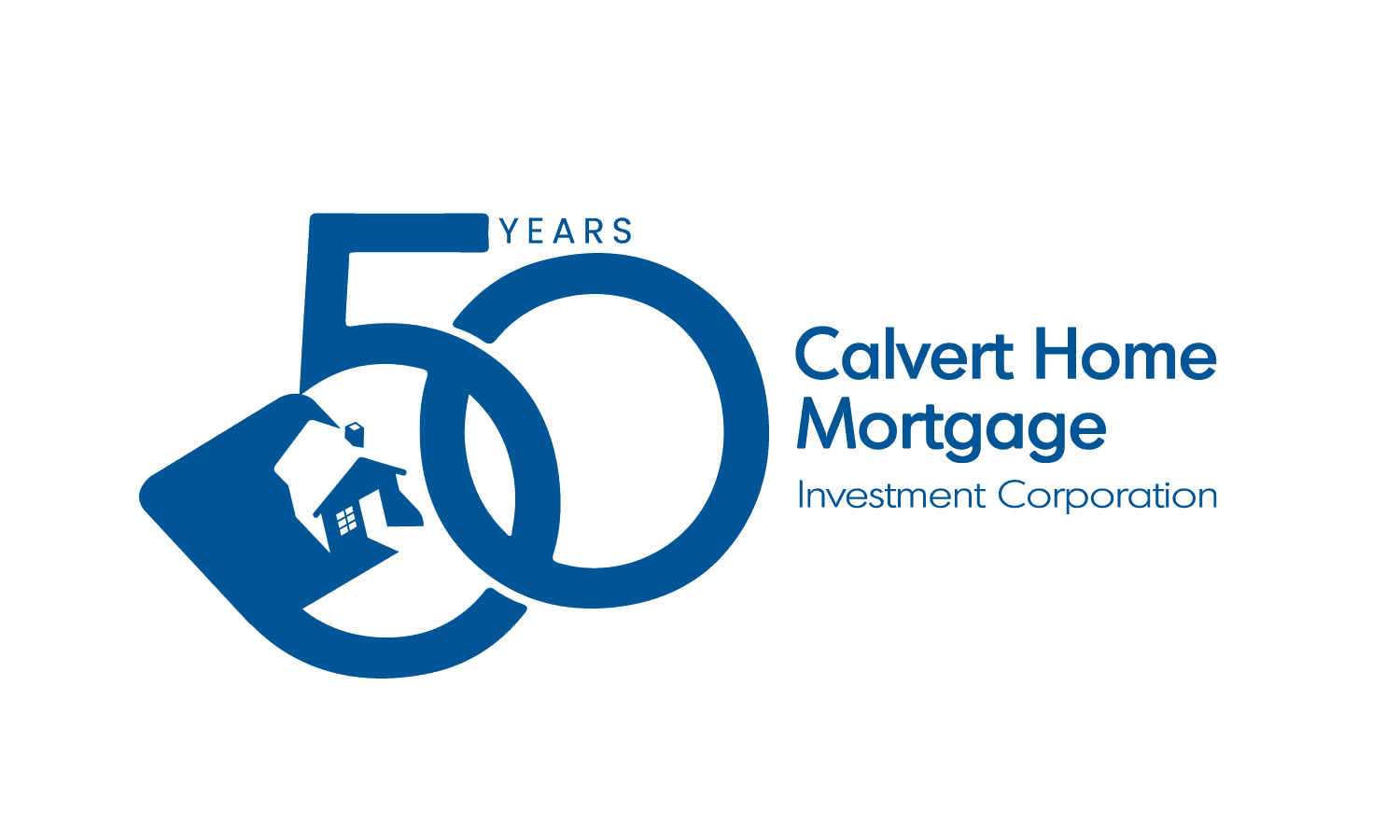As mortgage professionals, there is a real opportunity to embrace alternative lending in order to service more clients and in turn grow your business. Part of embracing this market is education on its nuances. In this article, we outline some of the factors that alternative mortgage lenders take into consideration when making underwriting decisions, specifically outlining the 5 C’s of credit.
The alternative mortgage market in Canada has been consistently growing over the last 10 years. Reasons for the growth include stricter regulations for institutional lenders and increase in the amount of capital available to alternative mortgage lenders as a result of underperforming bonds and other traditional fixed-income investments, which has motivated the investment community to seek out higher return products. Another factor is increased regulation of how alternative mortgage lenders raise capital (except for BC) which has consolidated smaller operators who are challenged to meet regulatory requirements.
To better serve you and your clients, here is a synopsis of the 5 C’s of credit.
The 5 C’s of Credit
There are a lot of different things that alternative mortgage lenders review when considering a request for funding, including but not limited to, the 5 C’s of credit. Let’s review this from the general perspective of an alternative lender:
Character: is primarily determined by looking at the key factors of the borrowers to determine their creditability as an individual. This can be extrapolated from the borrower’s credit history shown on their credit reports, job stability, the industry of work, length of time in the home. A personal interview with the borrower can also be a tool to reveal character aspects important to the review of the loan. Unlike institutional lenders, a private lender does not have any regulated requirements related to a minimum score, which gives mortgage brokers an opportunity to use other methods to validate the character of the borrower. Alternative lenders often deal with clients who have impaired credit scores to the point where banks decline the loan.
Capacity: is an analysis of the borrower’s ability to repay a loan by comparing income against debt obligations. Your bank lenders will use GDS and TDS ratios to determine this capacity. Alternative lenders do not have any regulated requirements related to these debt servicing ratios. An alternative lender will assess the serviceability and if they are comfortable with the borrower’s ability to service the debt they will lend. Sometimes the lender will even lend if the client cannot service, by considering other relevant factors that can justify the merits of the loan. The lender may have clauses where they balloon payment when the mortgage is paid out or even add a reserve to service the debt. This is often referred to as an interest reserve. Lenders will consider this when a sale sufficient to pay out the loan is imminent.
Conditions: refers to the economic and socio-economic market where the borrower and property are located. An evaluation of these on a regular basis forms the basis on which the lender assesses the risk tolerance they will have for certain borrowers and properties. Conditions can also refer to how a borrower intends to use the money. As discussed earlier, alternative lenders are flexible with how the funds are used and will fund items that some bank lenders cannot.
Capital: are the funds contributed by the borrower or the net value of the property less secured debt against the property, also referred to as the equity in the real estate. Alternative lenders will consider any capital the borrower puts toward the real estate or equity they have in it. A larger contribution by the borrower decreases the chance of default and in the event of default, the more equity the borrower has in the real estate the less likely the lender is to face a loss. We will discuss this further within the next C, collateral, as these two are directly related. Capital could also include a borrower’s personal and/or corporate net worth.
Collateral: is the total value of the asset being used as security. Collateral in most cases is the primary driver of a alternative mortgage lender’s lending decision. Loan to Value (LTV) will be at the top of the lender’s criteria. This is the loan amount requested versus the value of the asset. It gives the lender the assurance that if the borrower defaults on the loan, the lender can take action against the collateral that the real estate provides. Very few alternative lenders will lend up to, or even exceed 90% LTV, and most won’t lend over 80%.
Not all C’s are equal
While some of the 5 C’s of credit factor higher in priority than others, all alternative lenders consider each of them. There is a common misconception in the industry that alternative lenders will only consider collateral and capital in the equation of a loan, that is to say, if the property is good, and the loan to value is good, then all other factors can be ignored. This can be the case with some lenders at very low loan to values, however, it isn’t the case at higher loan to values where the risk of the collectability of the loan must be taken into account.
When is it an Alternative Deal?
Often times it is difficult to determine when an alternative lender is best suited to assist your client. Some circumstances where they can help include:
– Need to close quickly on a purchase
– Require a short-term mortgage solution
– Need to pay Special Assessment issued by a condo corporation
– Property condition not acceptable to the bank
– Property needs urgent repairs
– Buying property at a discount to improve and sell (flip)
– Buying a foreclosure property with no conditions
– A second mortgage to avoid paying high payout/refinance penalties on a first mortgage
– Debt Service ratios are too high for Self-employed, Undeclared income and Retirees
– Credit score challenges
– Consolidate consumer debt to improve credit and lower payment
– Seller providing a vendor take-back mortgage with small down payment – Bank said “NO”
– Bridge financing: require an advance prior to a sale closing, or a refinance closing
– Paying a large tax bill from Canada Revenue Agency
– Short term funds to resolve financial issues prior to an institutional lender agreeing to advance funds (CRA debts and/or writs being paid, improving consumer debt balances for small improvements of beacon scores over 45-day periods, improve property value prior to updating appraisal and garnering new and higher institutional mortgage, completion of major renovations or construction, and similar situations).
The more you know your alternative lending partners and how they operate the better equipped you will be to serve your borrowing clients when the banks can’t. It is important to keep in mind how lenders underwrite, and that underwriting will differ from lender to lender. After review of all important factors that impact borrowing power, an alternative lender will price the loan based on their lending parameters.
In order to best serve your clients and place them with the lender who will suit their needs, it is important to keep abreast with underwriting standards. It is our hope that this article shares ample insight into the alternative mortgage lending space and in turn, helps you grow your business. You can also learn more about the Calvert Home Mortgage can help you and your clients here.
If you have questions about a specific deal you’re working on, reach out to one of our underwriters!
Garrett LaBarre – garrett@chmic.ca
Rob Maver – rob@chmic.ca
Sherwin Dziwenka – sherwin@chmic.ca
You can also call our office to speak to the team at any time. Phone: 403-278-0229
Curious what it’s like to work with us or want real-time updates of what’s happening at Calvert Home Mortgage? Here’s what people have had to say. You can also find us on Facebook, Instagram, and LinkedIn.


